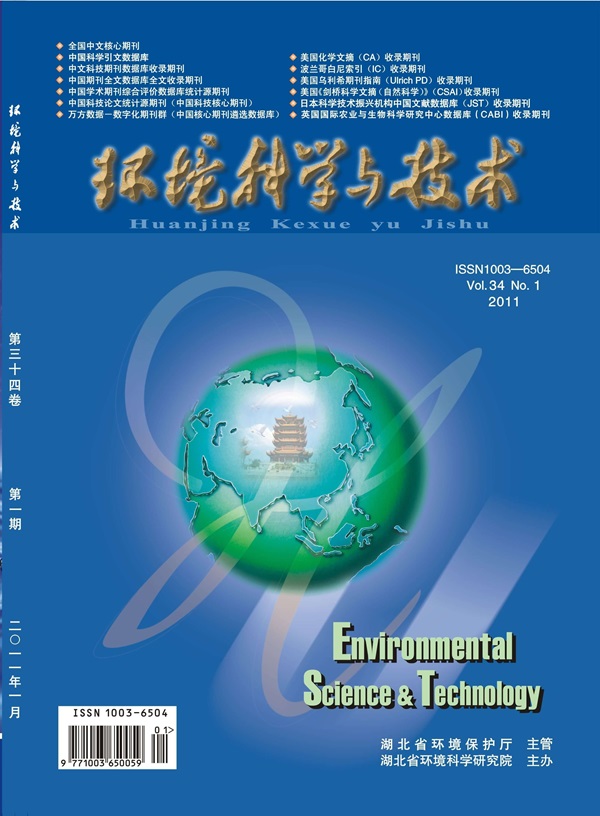Microglia-Mediated Pathological Retinal Angiogenesis Leading to Visual Impairment in Mice Exposed to Perfluorooctanoic Acid.
IF 11.3
1区 环境科学与生态学
Q1 ENGINEERING, ENVIRONMENTAL
引用次数: 0
Abstract
Increasing epidemiological evidence suggests that human visual impairment is associated with perfluoroalkyl and polyfluoroalkyl substances, although the underlying mechanisms remain unclear. In this study, we established a mouse model through a 28-day oral administration of perfluorooctanoic acid (PFOA) at doses of 3 and 15 mg/kg BW/day to investigate its impacts on pathological retinal angiogenesis, a hallmark of multiple vision-threatening diseases. PFOA exposure induced characteristic retinal acellular capillary formation, even in the normal avascular zone, accompanied by a hemorrhagic manifestation. Through integrated methodologies combining in vivo reactive oxygen species (ROS) quantification, retinal proteomics, and microglial phenotypic analysis, we demonstrated that PFOA compromises blood-retinal barrier integrity, resulting in ROS accumulation. This triggered a cascade involving nuclear factor-kappa B (NF-κB) activation, microglial proinflammatory response, proinflammatory cytokine release, cyclooxygenase-2 (COX-2) overexpression, and subsequent vascular endothelial growth factor A (VEGFA) hypersecretion. Complementary in vitro experiments further confirmed that PFOA treatment induced microglial activation by prompting NF-κB nuclear translocation, with activated microglia secreting VEGFA, which targets retinal microvascular endothelial cells to promote tube formation. Our work provides the first mechanistic insights into PFOA-induced retinal angiogenesis and highlights its potential role in visual impairment.小胶质细胞介导的病理性视网膜血管生成导致全氟辛酸暴露小鼠的视力损害。
越来越多的流行病学证据表明,人类视力损害与全氟烷基和多氟烷基物质有关,尽管其潜在机制尚不清楚。在这项研究中,我们通过28天的全氟辛酸(PFOA)口服剂量(3和15 mg/kg体重/天)来建立小鼠模型,以研究其对病理性视网膜血管生成的影响,这是多种视力威胁疾病的标志。PFOA暴露诱发特征性视网膜脱细胞毛细血管形成,即使在正常的无血管区,也伴有出血表现。通过结合体内活性氧(ROS)定量、视网膜蛋白质组学和小胶质细胞表型分析的综合方法,我们证明了PFOA破坏血液-视网膜屏障的完整性,导致ROS积累。这引发了核因子κB (NF-κB)激活、小胶质细胞促炎反应、促炎细胞因子释放、环氧合酶-2 (COX-2)过表达以及随后血管内皮生长因子a (VEGFA)高分泌的级联反应。互补的体外实验进一步证实PFOA处理通过促进NF-κB核易位诱导小胶质细胞活化,活化后的小胶质细胞分泌VEGFA,以视网膜微血管内皮细胞为靶点促进血管形成。我们的工作首次提供了pfoa诱导视网膜血管生成的机制见解,并强调了其在视力障碍中的潜在作用。
本文章由计算机程序翻译,如有差异,请以英文原文为准。
求助全文
约1分钟内获得全文
求助全文
来源期刊

环境科学与技术
环境科学-工程:环境
CiteScore
17.50
自引率
9.60%
发文量
12359
审稿时长
2.8 months
期刊介绍:
Environmental Science & Technology (ES&T) is a co-sponsored academic and technical magazine by the Hubei Provincial Environmental Protection Bureau and the Hubei Provincial Academy of Environmental Sciences.
Environmental Science & Technology (ES&T) holds the status of Chinese core journals, scientific papers source journals of China, Chinese Science Citation Database source journals, and Chinese Academic Journal Comprehensive Evaluation Database source journals. This publication focuses on the academic field of environmental protection, featuring articles related to environmental protection and technical advancements.
 求助内容:
求助内容: 应助结果提醒方式:
应助结果提醒方式:


